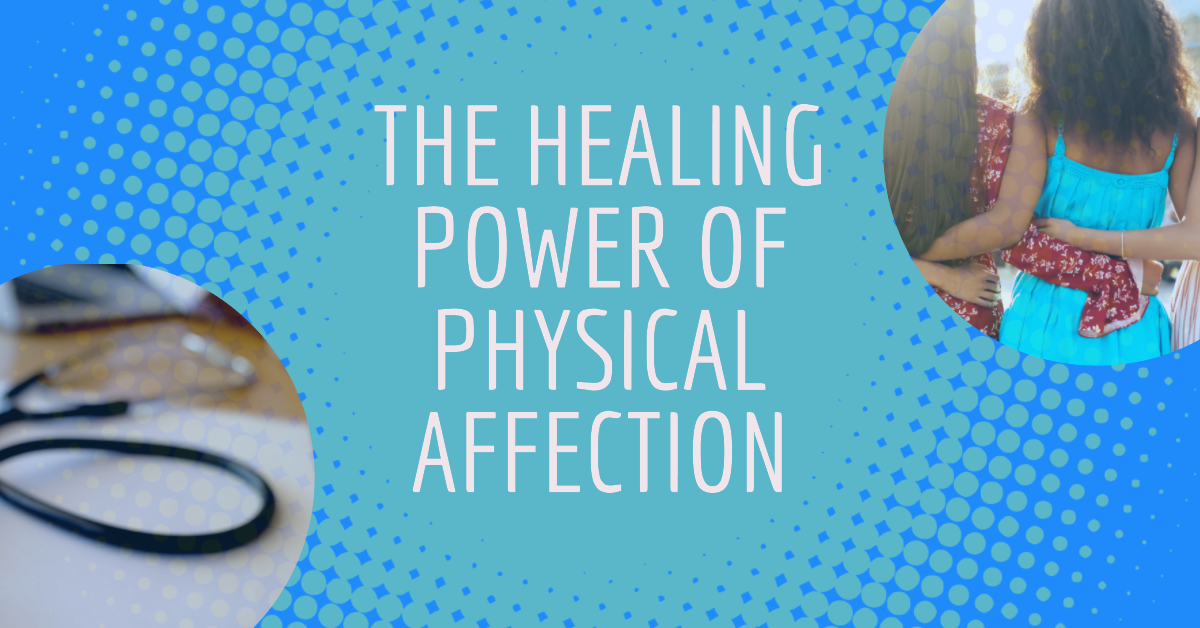Physical affection encompasses a broad range of gestures and actions that involve touch and closeness. It is an integral part of human interaction and has been studied across cultures and societies. Exploring the various forms of physical affection can deepen our understanding of its significance and how it contributes to our emotional well-being. It is a fundamental aspect of human connection that transcends cultural and societal boundaries. From a warm hug to a gentle touch, physical affection has the power to convey love, comfort, and support. In this article, we will explore different forms of physical affection and the impact they have on our lives.
Table of Contents
Importance of Physical Affection
Physical affection plays a vital role in human relationships. It fosters feelings of security, trust, and emotional connection. From infancy, when a baby is cradled in their caregiver’s arms, to adulthood, where a simple touch can convey empathy and understanding, physical affection is essential for our overall well-being.
Hugs: Embracing Warmth and Comfort
Hugs are one of the most universally recognized forms of physical affection. They provide comfort, support, and a sense of belonging. A warm and genuine hug can lift our spirits, reduce stress, and release oxytocin, also known as the “bonding hormone.”
Hand-holding: Symbolizing Unity and Connection
When two people hold hands, it symbolizes unity, trust, and affection. It is an intimate gesture that signifies a deep emotional connection. Holding hands can provide a sense of security, especially in challenging or unfamiliar situations.
Cuddling: Nurturing Intimacy and Bonding
Cuddling involves embracing, snuggling, and holding one another. It is an intimate form of physical affection that fosters emotional closeness and deepens the bond between individuals. Cuddling releases oxytocin, promoting feelings of love and attachment.
Kissing: Expressing Love and Passion
Kissing is a universal expression of love, desire, and passion. It can be a gentle peck on the cheek or a passionate embrace. Kissing stimulates the release of oxytocin and dopamine, creating a sense of pleasure and strengthening emotional bonds.
Massage: Relieving Stress and Promoting Relaxation
Massage is a therapeutic form of physical affection that involves manipulating muscles and soft tissues. It promotes relaxation, relieves tension, and reduces stress. Massage can be both a professional service and an intimate gesture between partners.
Playful Touch: Fostering Fun and Playfulness
Playful touch includes tickling, playful shoves, or light physical contact during play. It fosters a sense of fun, joy, and lightheartedness in relationships. Playful touch can strengthen bonds and create positive memories.
Eye Contact: Deepening Emotional Connection
While not a physical touch, eye contact is a powerful form of non-verbal communication. Sustained eye contact can deepen emotional connection, convey trust, and enhance intimacy. It is a way of truly seeing and being seen by another person.
Holding Hands: Signifying Support and Security
Similar to hand-holding, holding hands with someone signifies support, comfort, and security. It is a gesture often shared between loved ones, friends, or even during times of distress. Holding hands can provide reassurance and a sense of togetherness.
Body Language: Communicating Non-Verbally
Body language plays a significant role in expressing physical affection. A gentle touch on the arm, leaning in for a conversation, or mirroring someone’s posture can communicate closeness and interest. Understanding and interpreting body language enriches our interactions.
Dancing: Sharing Joy and Synchrony
Dancing is a beautiful and expressive form of physical affection. It allows two people to connect on a rhythmic and emotional level. Dancing promotes joy, synchrony, and a shared experience, strengthening the bond between partners.
High Fives and Fist Bumps: Celebrating Achievements
High fives and fist bumps are gestures of celebration and camaraderie. They convey excitement, support, and acknowledgment. High fives are often used to celebrate achievements or successful collaborations, while fist bumps signify unity and encouragement.
Whispering: Creating Intimacy and Secrets
Whispering is a form of physical affection that involves speaking softly and closely to another person. It creates an intimate space and can be associated with sharing secrets, expressing affection, or conveying personal thoughts. Whispering fosters a sense of exclusivity and closeness.
Patting on the Back: Encouraging and Reassuring
A gentle pat on the back is a gesture of encouragement and reassurance. It conveys support, approval, or recognition. Patting on the back is commonly used in congratulatory or comforting situations, reinforcing positive emotions.
Conclusion
Physical affection encompasses a vast array of gestures that enhance our relationships and well-being. From the warmth of a hug to the gentle touch of hand-holding, each form of physical affection contributes to our emotional connection with others. By embracing physical affection, we can nurture intimacy, strengthen bonds, and create a sense of love, comfort, and security.
FAQs
-
Why is physical affection important in relationships?
Physical affection fosters emotional connection, trust, and overall well-being. It enhances intimacy and strengthens bonds between individuals.
-
Can physical affection improve mental health?
Yes, physical affection has been shown to reduce stress, promote relaxation, and release feel-good hormones like oxytocin and dopamine, thereby positively impacting mental health.
-
Are there cultural differences in the expression of physical affection?
Yes, cultural norms and values influence how physical affection is expressed and perceived. Some cultures may have more reserved or explicit forms of physical affection.
-
How can I communicate my need for physical affection to my partner?
Open and honest communication is key. Express your feelings and needs to your partner, and together, find ways to incorporate physical affection into your relationship that align with both of your comfort levels.
-
Can physical affection be platonic?
Absolutely! Physical affection is not limited to romantic relationships. It can be shared between friends, family members, or even in professional settings to convey support, care, and camaraderie.
So, go forth with confidence and intention. Embrace the boundless language of physical affection and let it be the foundation upon which you build deep and meaningful connections. Nurture the bonds that matter most to you and allow physical affection to be the bridge that spans the gaps between hearts.
The power to transform your relationships through physical affection lies within your grasp. Embrace it, explore it, and watch as the love and connection you foster create a tapestry of joy and fulfillment. Take the next step and click here to embark on a journey of love, connection, and profound transformation.
Continue to explore the many dimensions of physical affection and unlock the full potential of your relationships. The journey doesn’t end here. It is merely the beginning of a lifetime of discovery, growth, and love.














Leave a Reply
View Comments